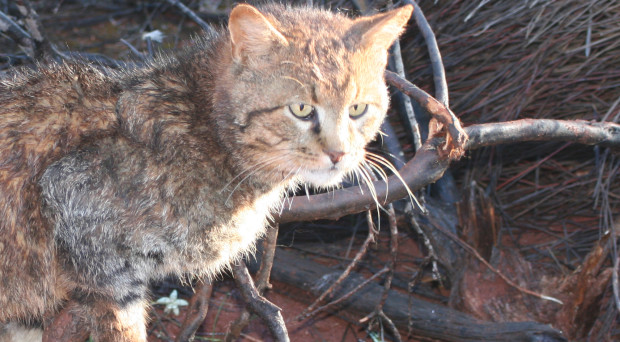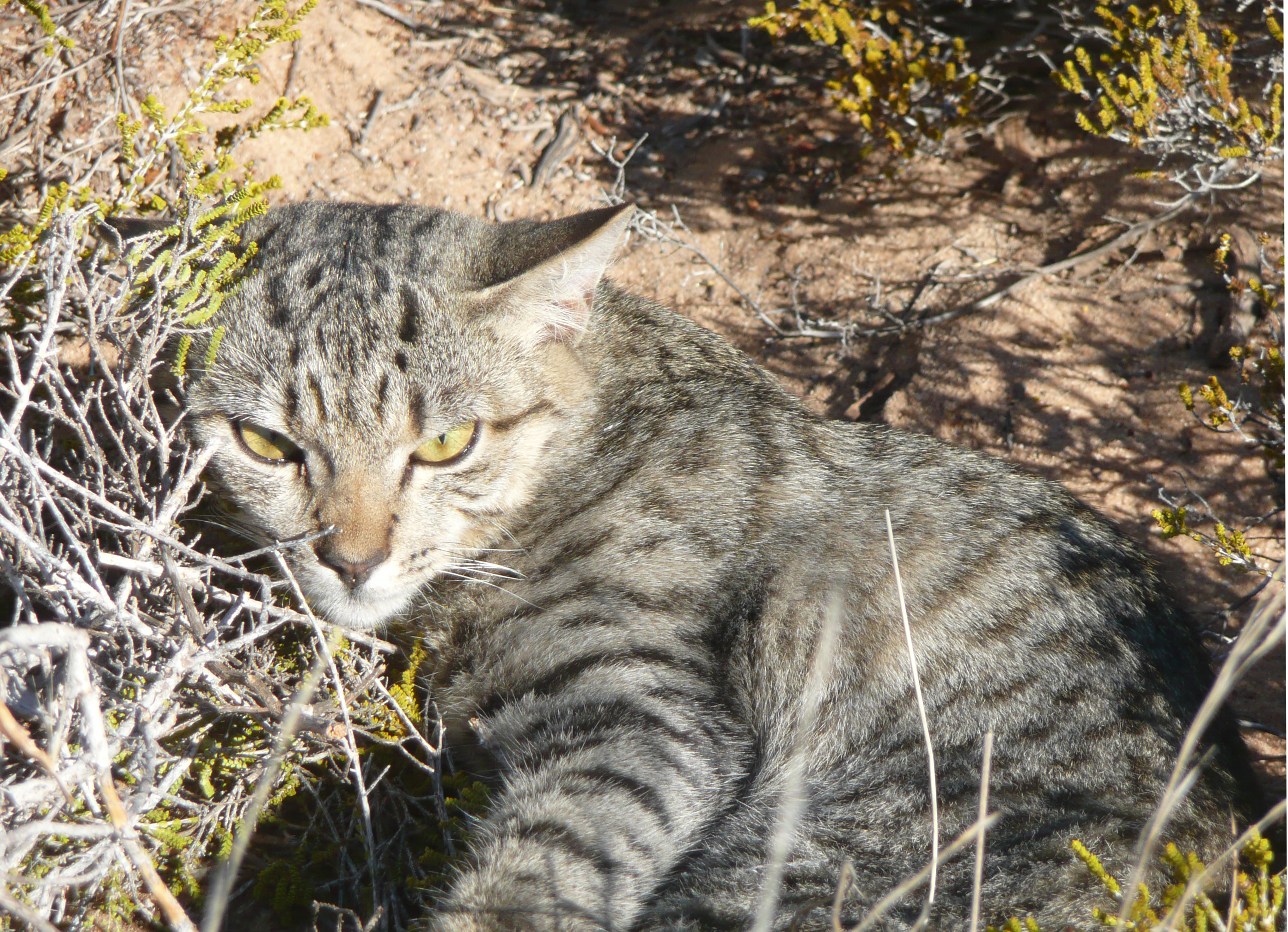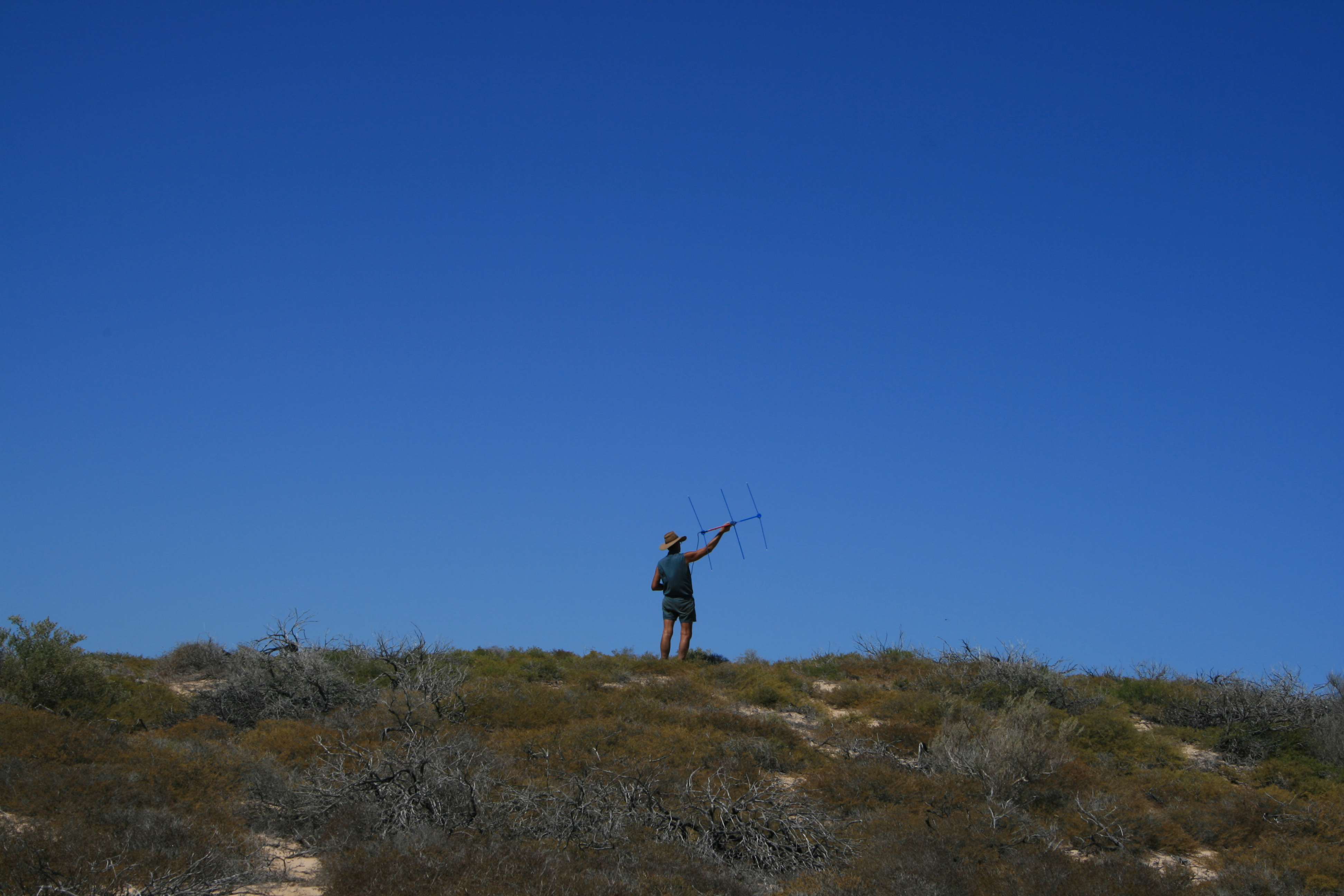
Australia has a long history of introduced non-native species. Two of the 22 invasive mammal species are predators – the domestic cat and the red fox. The first European settlers brought animals with them to feel more at home.
They introduced, among others, rabbits and foxes for hunting, but did they also bring the cat?
One can imagine that a family of early settlers brought their housecat with them, or a cat to keep rodents from the grain storage. It is also very likely that a cat on a ship just jumped off to find a new home ‘down under’.

Or were cats introduced much earlier, just like the dingo?
We know that the dingo came to Australia around 5,000 years ago. It is possible that cats were brought to Australia through the trading of Southeast Asian Maccassans and Aboriginals. They traded in trepang (seacucumbers), but surely also in other goods? These trade connections were that extensive that they even share some similar words.
Today feral cats are widespread throughout Australia. They have a deleterious effect on the native species through predation, food competition and the spreading of disease.
Previous attempts to reintroduce threatened species into parts of Australia have often been unsuccessful due to ongoing predation by cats. Feral cats are independent of humans and live in self-perpetuating populations. They avoid human contact and are difficult to catch.
Preparing for our study
In Australia, especially in Western Australia, nothing is close. ‘Just up the road’ can mean 100km, but just as equally it could be 900km. It means that there was a lot to plan and pack in order to be able to get samples for the study.

It also meant that I was able to spend a lot of time in all kinds of Australia’s habitats. In the red dirt outback, in the Southwest with its huge trees and ever-fragrant eucalyptus or on remote islands with the only building being a sheep-shearing shed. With a lot of help from people that collected samples from all kinds of locations we were able to unravel the genetic origin of cats in Australia.
What did we find?
Cats were indeed brought to Australia most likely with the first European settlers and some of these introduced cat genotypes are still discernable on very isolated islands surrounding Australia.

These results are not only important to unravel the history of cats in Australia, but also give researchers and conservationists a timeframe of feral cat introduction. We now know that cats were introduced merely 200 years ago, but have adapted seemingly effortless to their new environment.
With this knowledge the extinction and threat of native species can be put into perspective to the invasion of cats. This gives us valuable information on the effects that cats have, and have had, on native Australian species and can improve feral cat management.
One Comment